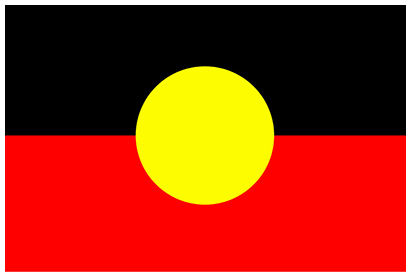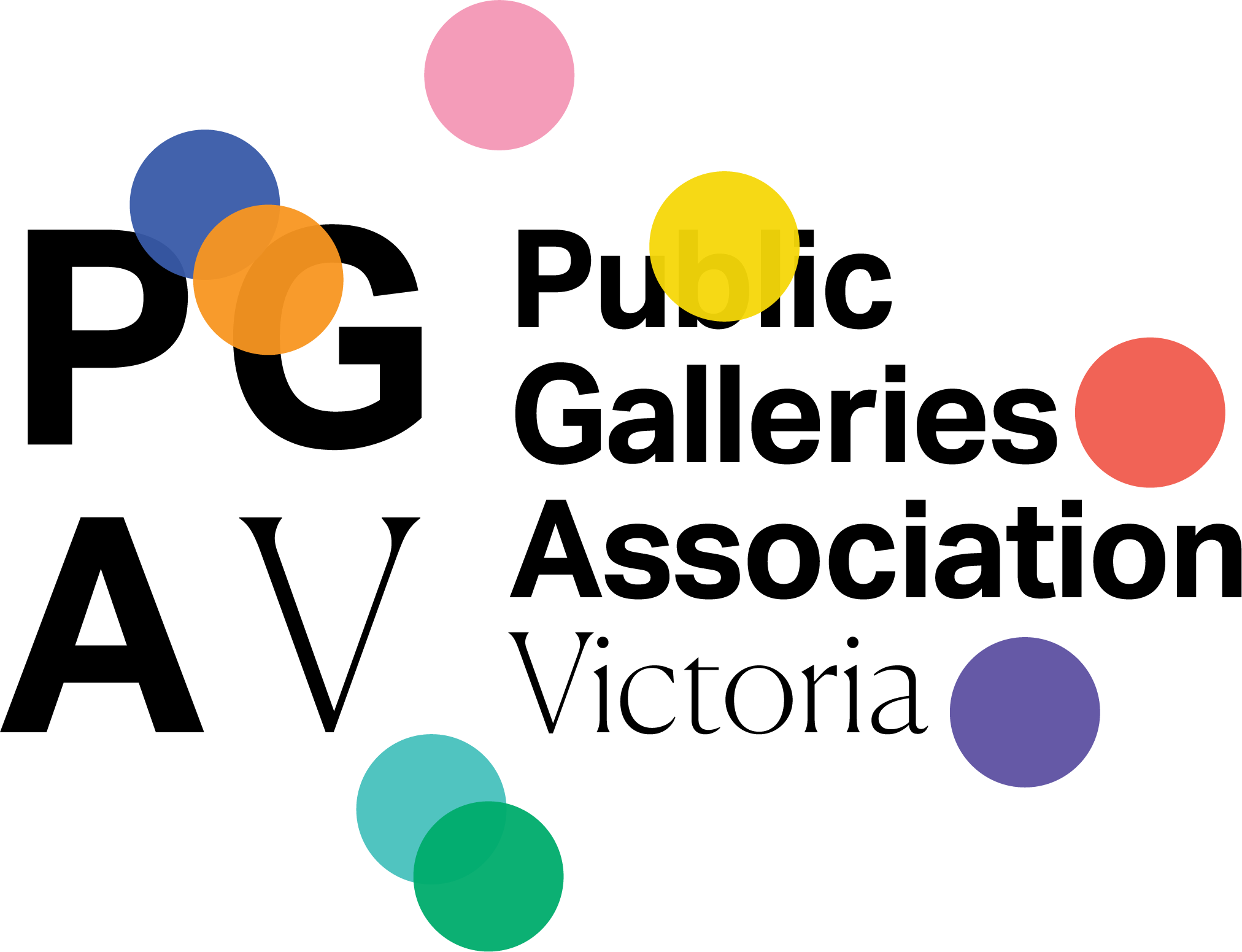gallery technician
Professions in the Public Gallery Sector

Leon van de Graaff
Gallery Attendant
Counihan Gallery
Image: Leon installing the Britt Salt exhibition North of the Warp, 2016. Photo: Britt Salt.
Date: August 2023
the role of gallery technician
Gallery Technicians have diverse experience in handling, installing and demounting exhibitions. Key responsibilities include installation and demounting of artworks, carpentry, painting and lighting. They use ladders, power tools and hand tools on a regular basis and may hold an elevated work platform license. They support the unloading and loading of crates and heavy object moving and setting up lighting, sound systems and audio visual presentations.
For information about roles within public galleries see the PGAV Fact Sheet: Staffing Levels & Position Titles
How did you get started in your career and what formal qualifications or experience do you have?
I came in a side door, through audio visual technology. I started doing tech for theatre and video production in my teens. Then went to art school in my 20s. My own artwork is often technically challenging, incorporating sculpture, performance, video, lighting, motors, chemicals, even explosives! Through that combination of skills I got a reputation as a freelance installer / technician for the visual and performing arts, including festivals and raves. I continue to do freelance work now, but of course it is inconsistent income. My first permanent gallery technician role was for the Block, a multi-function arts venue at Queensland University of Technology. It had an emphasis on AV and interactive art but also showed traditional media, so it was a perfect way in for me. That role gave me training and qualifications, such as a Basic Rigger, EWP operator, Test and Tag, Fire Warden, even industrial abseiling. It also gave me contacts across Australia, through the exhibiting artists and curators.
What does your role as Gallery Technician encompass?
At Counihan Gallery in Brunswick (Merri-bek City Council), I lead the exhibition installations, advise on the gallery’s technical purchases and capital works upgrades, report OH&S status, and ensure the gallery is kept well maintained and ready for anything. A key part of my role is meeting with artists before the installation date to determine what they want from the venue and what support they need. Working with the curator and artists, I help find the best solutions to achieve their creative vision for the exhibition. The physical installation involves a lot of working with drills, tape measures, levels and ladders. It can be quite physically demanding and involves a number of tradie-style skills.
What knowledge and skills do you think are most needed for this role?
Being very familiar with manual and power tools and a wide range of construction related techniques. Being comfortable using maths to solve problems. There’s a lot of calculations to get works of different sizes and shapes looking consistent on a wall, and for lining up projections, but it’s basic high school maths. A good eye for layout and lighting. Being able to prioritise tasks, and solve problems on the fly is critical. Installs are often a rush and curatorial decisions can change quickly. Basic electrical theory is very handy, as so much work uses power these days. The most important thing is being able to listen to artists and curators and ask the right questions to establish exactly what the intent of the work is and how best to realise it in the space. A lot of times that is very straight forward, sometimes it’s a very involved, collaborative process.
What do you enjoy most about your role?
After many years in this role, it's the artists and projects which change my perception of the space, of that type of practice, or my preconceptions which gets me excited. Helping artists realise their creative vision, especially when they come in with an open mind or when they find their initial idea isn’t going to be possible. Discussing the concepts behind their artwork/exhibition and helping manifest them into a physical reality is a great thing to be part of.
What has been your career highlight so far?
A lot of my work for Merri-bek council has acting curator and public art officer roles, which doesn’t fit the Gallery Technician description, so I would have to say, Bill Viola: Ocean Without a Shore, at NGV. No one was actually in charge of managing collection exhibitions at that time. So I basically ended up project managing the installation: liaising with multiple departments, multiple contractors and the deputy director. There were engineering, logistical and budget issues, the crane wouldn’t fit through the doorway to lift the central 250kg plasma screen into position. A perfect nightmare! But in the end it all came together and was a very moving work, which people came specifically to experience.

Image: Hootan Heydari, Yeki Bood, Yeki Nabood exhibition installation view, 2022.
What are the key issues for public galleries into the future?
Accessibility for artists: Institutions rely heavily on institutional processes for applications and selection of artists. This tends to foster a particular type of art and artist, one who has come through the literary-institutional-academic system. This system excludes or is very difficult for many artists who communicate through art specifically because they lack literary/academic skills or because English is an additional language. These things are starting to be addressed by many Public Galleries.
Accessibility for audiences: Physical, neurological and cultural accessibility for audiences is really starting to be addressed by many public galleries. But I believe we have a long way to go before the majority of staff have a thorough experiential understanding which they can apply system-wide.
The Public Galleries Association of Victoria (PGAV) acknowledges the Wurundjeri Woi-Wurrung people of the Kulin Nation as the Traditional Owners of the lands where our office is located, and all Traditional Owners of country throughout Victoria and Australia. We recognise Aboriginal and Torres Strait Islander peoples enduring traditions and continuing creative cultures. We pay our respect to Elders past, present and emerging.
We are an LGBTQIA+ friendly organisation that celebrates diversity. We are committed to providing safe, culturally appropriate, and inclusive services for all people, regardless of their ethnicity, faith, disability, sexuality, or gender identity.






